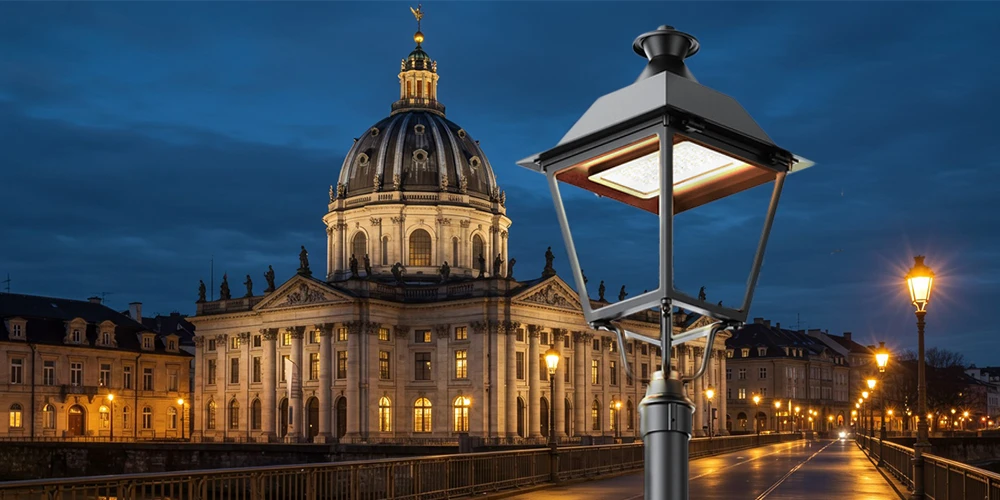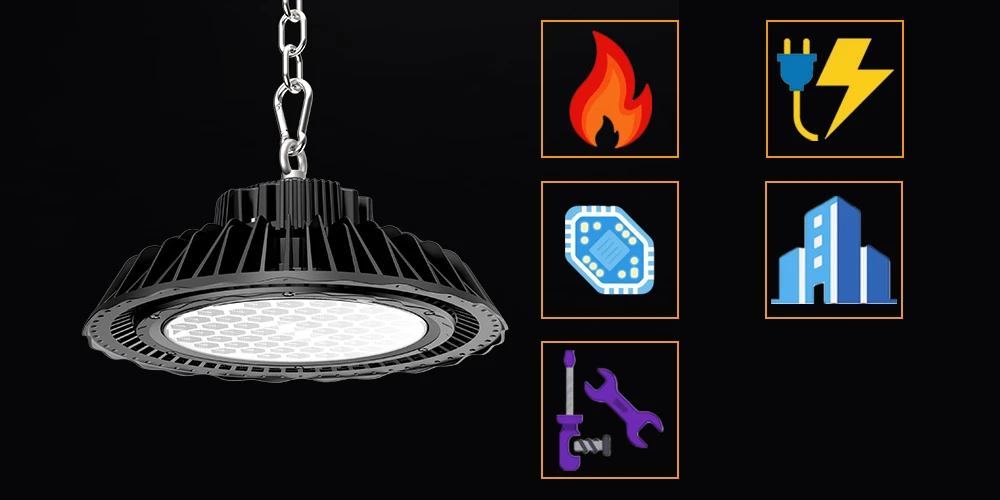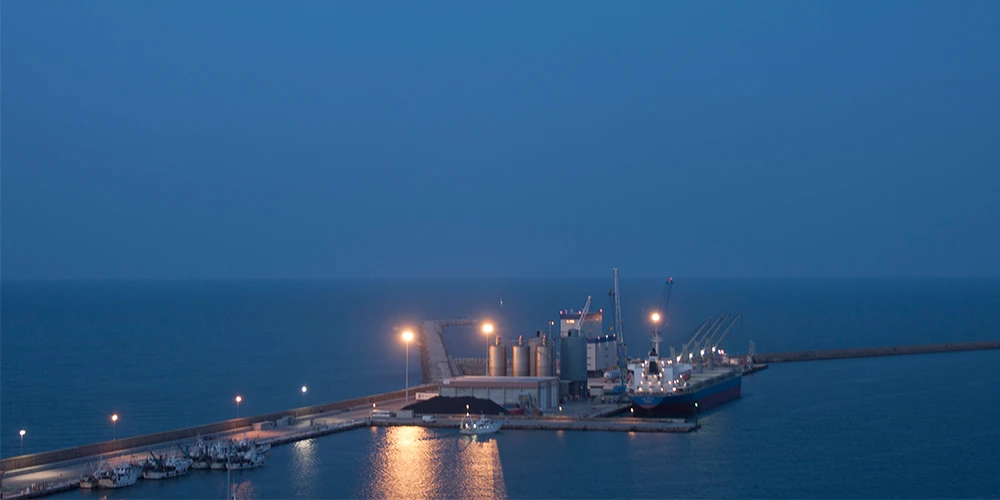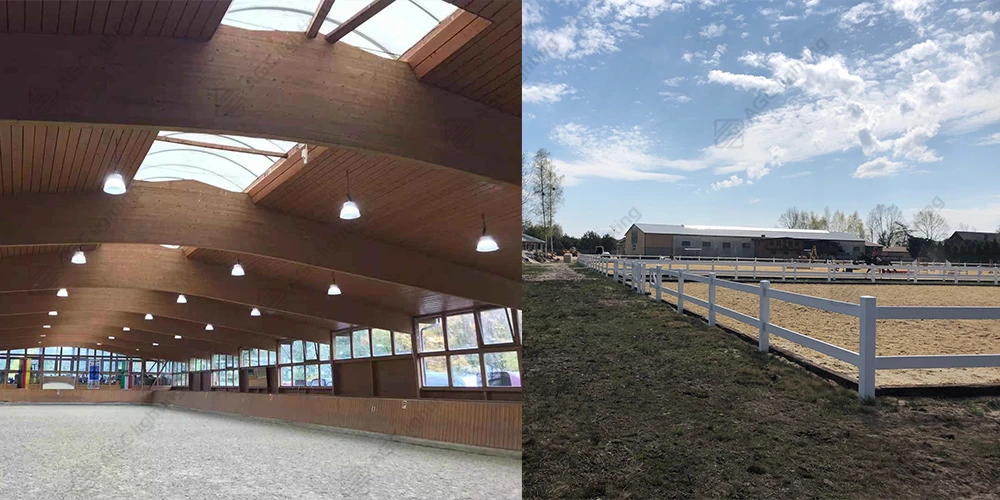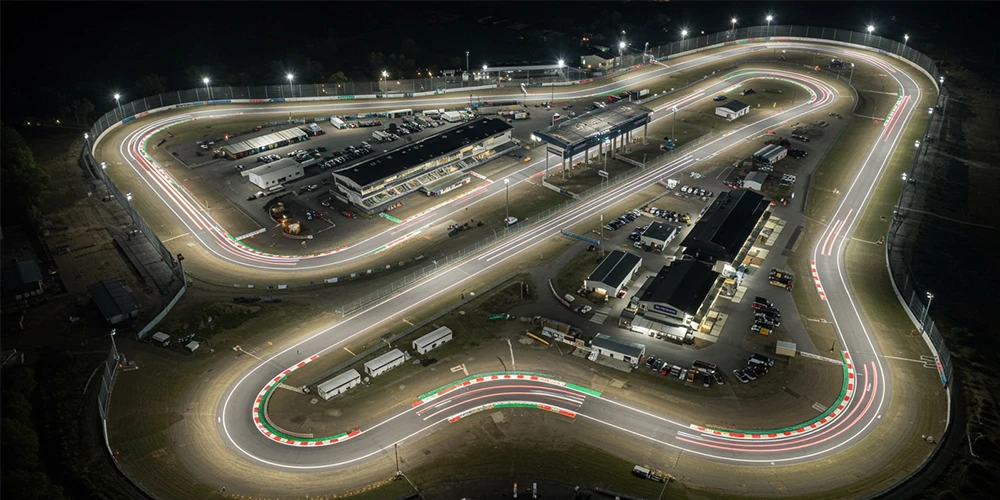Squash is known for its fast-paced nature and requires agility, quick reflexes, and strategic thinking, making it a challenging and engaging indoor sport.
Now, squash is played in around 185 countries, on approximately 50,000 courts. Squash has a dedicated following and is played and enjoyed by many people. The sport is often played competitively at both amateur and professional levels. It's important to ensure proper lighting for an optimal playing experience.
In this article, we will explore the key factors to consider regarding squash sports lighting.
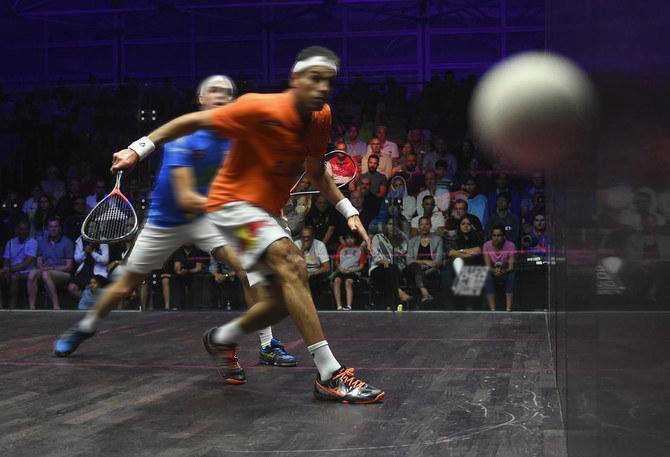
WSF standard for squash sports lighting
According to the WSF (World Squash Federation, recognized by the International Olympic Committee (IOC) standard, squash sports lighting needs to follow the table below:
|
Lighting specification |
Requirement |
|
Minimum standard for illumination |
300 lux |
|
Recommended standard for illumination |
500 lux |
|
Recommended standard for LED installation |
600 lux |
|
Uniformity of illumination |
Lux levels shall not vary by more than 15% from the average level of illumination |
|
Absence of shadows and stroboscopic |
Lighting should be shadow-free and free from visible stroboscopic effects |
|
Lighting adjustment for transparent walls |
Glass back wall: lighting levels should be the same on both sides of the glass. 4-sided court: lighting levels inside the court should be higher than immediately outside the court (approximately 30% difference) |
|
Recommended number of LED fittings |
Singles court: minimum 6 LED fittings Double court: minimum 8 LED fittings |
|
Recommended color temperature for LED lamps |
About 4000K |
|
Lighting for TV transmission |
A minimum of 1200 lux is suggested |
Eliminating Shadows
Eliminating shadows poses a significant challenge when implementing a squash court lighting project. However, our symmetric and asymmetric optics make the lighting design and lighting construction easy. Through professional lenses, we can address this issue by avoiding light loss and ensuring optimal light output from LED lights. As a result, the entire court is uniformly lit, providing clear visibility and a good lighting experience for the players.
Reduce Glare
LED lights will bring high brightness, which often correlates with a high glare rate, which can be detrimental to high-speed sports. Therefore, another important consideration, perhaps of secondary critical importance, is glare management.
Glare rate is typically evaluated using the Unified Glare Rating (UGR). Various techniques have been developed to address this issue, including optimizing the design of optics, carefully planning the layout and positioning of lamps, and ensuring proper installation methods. These measures collectively aim to minimize glare and create a visually comfortable environment for players. Our luminaries' optic design fully considered this issue; we sunk the lens deep into the lamp, or provided you with dotted lens or frosted lens covers.
Ball Impact Resistance Ability
Customers may inquire about the impact resistance of our LED squash court lighting, considering the possibility of balls flying in various directions. Don't worry, we have luminaries that are typically designed for the indoor sports hall; they are IK10 rated as conforming to ball-proof test standards (DIN 57710-13), and highly guarantee safety.
Proper lighting is a crucial factor in enhancing the squash-playing experience. By considering the above factors, squash clubs and facilities can create an environment that enables players to perform at their best and contribute to an enjoyable and competitive squash experience.
If you encounter a similar project, please come to AGC. We can provide you with professional lighting calculation services and LED light selection suggestions.



